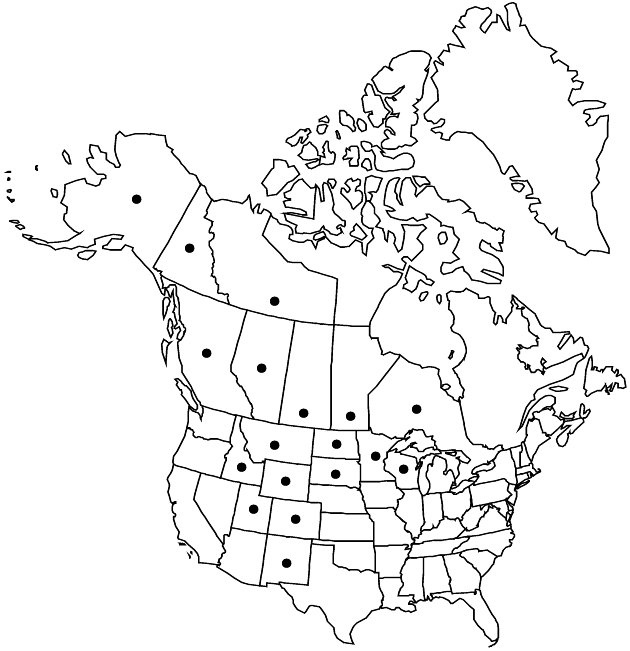Difference between revisions of "Erigeron glabellus"
Gen. N. Amer. Pl. 2: 147. 1818.
FNA>Volume Importer |
FNA>Volume Importer |
||
| Line 22: | Line 22: | ||
|distribution=North America. | |distribution=North America. | ||
|discussion=<p>Varieties 2 (2 in the flora).</p><!-- | |discussion=<p>Varieties 2 (2 in the flora).</p><!-- | ||
| − | --><p>Erigeron glabellus is recognized by its subsimple caudices and fibrous-rooted bases, relatively numerous rays with nearly filiform laminae, and nonglandular vestiture.</p> | + | --><p><i>Erigeron glabellus</i> is recognized by its subsimple caudices and fibrous-rooted bases, relatively numerous rays with nearly filiform laminae, and nonglandular vestiture.</p> |
|tables= | |tables= | ||
|references= | |references= | ||
| Line 57: | Line 57: | ||
|publication year=1818 | |publication year=1818 | ||
|special status= | |special status= | ||
| − | |source xml=https://jpend@bitbucket.org/aafc-mbb/fna-data-curation.git/src/ | + | |source xml=https://jpend@bitbucket.org/aafc-mbb/fna-data-curation.git/src/8f726806613d60c220dc4493de13607dd3150896/coarse_grained_fna_xml/V19-20-21/V20_753.xml |
|tribe=Asteraceae tribe Astereae | |tribe=Asteraceae tribe Astereae | ||
|genus=Erigeron | |genus=Erigeron | ||
Revision as of 16:26, 18 September 2019
Biennials or perennials, 7–50(–70) cm; rhizomatous, caudices or rhizomes relatively short and thickened, simple or branched, usually appearing merely fibrous-rooted. Stems erect or slightly basally ascending, hirsute or hirsuto-villous to strigose or glabrate, eglandular. Leaves basal (persistent) and cauline; basal blades oblanceolate to oblanceolate-spatulate, 40–150 × 3–15 mm, margins usually entire, sometimes shallowly dentate, faces hirsute or hirsuto-villous to sparsely strigose or glabrate, eglandular; cauline blades usually becoming lanceolate, abruptly or gradually reduced distally (bases sometimes subclasping). Heads 1–15. Involucres 5–9 × 10–20 mm. Phyllaries in (2–)3–4 series (greenish), hirsute to strigose, eglandular. Ray florets 125–175; corollas white to pink or blue, 8–15 mm, laminae (nearly filiform) coiling tardily at tips. Disc corollas 4–5.5 mm. Cypselae 1.2–1.5 mm, 2-nerved, faces sparsely strigose; pappi: outer of setae, inner of 16–20 bristles.
Distribution

North America.
Discussion
Varieties 2 (2 in the flora).
Erigeron glabellus is recognized by its subsimple caudices and fibrous-rooted bases, relatively numerous rays with nearly filiform laminae, and nonglandular vestiture.
Selected References
None.
Key
| 1 | Stems strigose (hairs closely appressed to ascending), sometimes sparsely so to glabrate | Erigeron glabellus var. glabellus |
| 1 | Stems hirsute to hirsuto-villous (hairs spreading) | Erigeron glabellus var. pubescens |